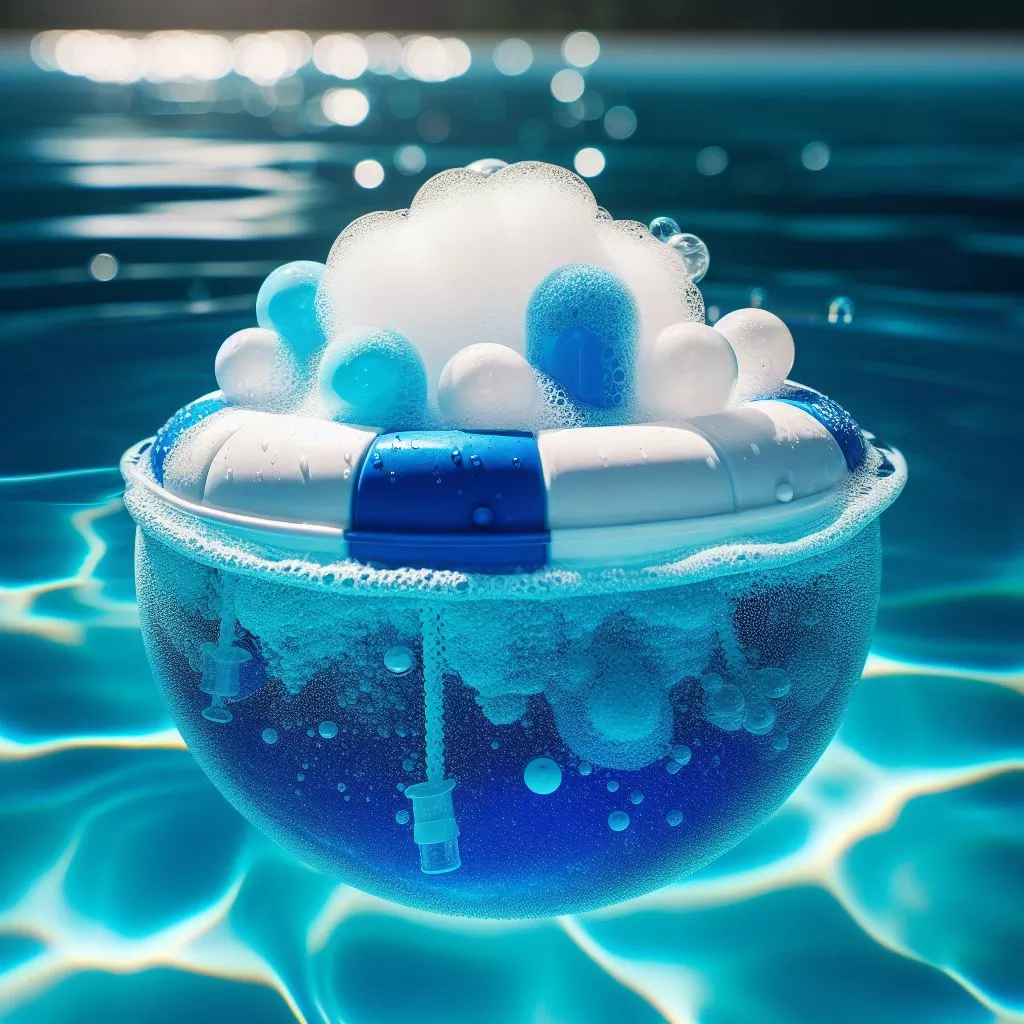Pool sand filters are crucial components in maintaining clean and clear pool water. However, over time, these filters may encounter rust-related issues, impacting their efficiency. This article explores the causes of rust in pool sand filters and provides comprehensive methods for treating and preventing rust-related problems.

Common Causes of Rust in Pool Sand Filters
Metal Components
Issue: Metal parts within the filter system, such as bolts, nuts, or even the tank itself, are susceptible to rust over time due to exposure to water and air.
Solution: Regularly inspect and replace any corroded metal components with corrosion-resistant alternatives.
High Moisture and Humidity
Issue: Pool pump rooms or outdoor filter installations in humid climates can contribute to increased moisture, accelerating the rusting process.
Solution: Ensure proper ventilation in pump rooms, and consider using dehumidifiers to reduce moisture levels.
Chemical Imbalance
Issue: Unbalanced pool water chemistry, particularly low pH levels, can contribute to corrosion of metal parts in the sand filter.
Solution: Regularly test and balance pool water chemistry, ensuring pH levels remain within the recommended range.
Effective Methods for Treating Rust in Pool Sand Filters
Surface Rust Removal
Procedure: Use a wire brush or sandpaper to remove surface rust from metal components.
Prevention: Apply a rust-inhibiting primer and paint to protect metal surfaces from further corrosion.
Replacement of Corroded Parts
Procedure: Identify and replace severely corroded components, such as bolts, clamps, or the tank itself.
Prevention: Use corrosion-resistant materials for replacements to extend the lifespan of the filter.
Anti-Rust Coatings
Procedure: Apply anti-rust coatings on metal components to create a protective barrier against corrosion.
Prevention: Regularly inspect and reapply coatings as needed, especially after maintenance tasks or chemical treatments.
Regular Maintenance
Procedure: Implement a routine maintenance schedule to inspect and clean the sand filter, removing any debris or contaminants.
Prevention: Consistent maintenance helps identify early signs of rust and prevents its progression.
Water Chemistry Monitoring
Procedure: Regularly test and balance pool water chemistry, ensuring proper pH, alkalinity, and calcium hardness levels.
Prevention: Maintain balanced water chemistry to minimize the corrosive impact on metal components.
Use of Rust Inhibitors
Procedure: Introduce rust inhibitors into the pool water to minimize the corrosive effects on metal parts.
Prevention: Regularly add rust inhibitors, especially in environments prone to high humidity.
Install Sacrificial Anodes
Procedure: Sacrificial anodes can be installed within the filter system to attract corrosion, protecting more critical components.
Prevention: Monitor and replace sacrificial anodes as needed to maintain their effectiveness.
Conclusion
Effectively managing rust in pool sand filters requires a proactive approach that involves regular inspection, maintenance, and preventative measures. By addressing the root causes of rust and implementing appropriate treatment methods, pool owners can extend the lifespan of their sand filters and ensure optimal filtration performance. Regular monitoring and adherence to preventative measures contribute to a healthier, more efficient pool filtration system.